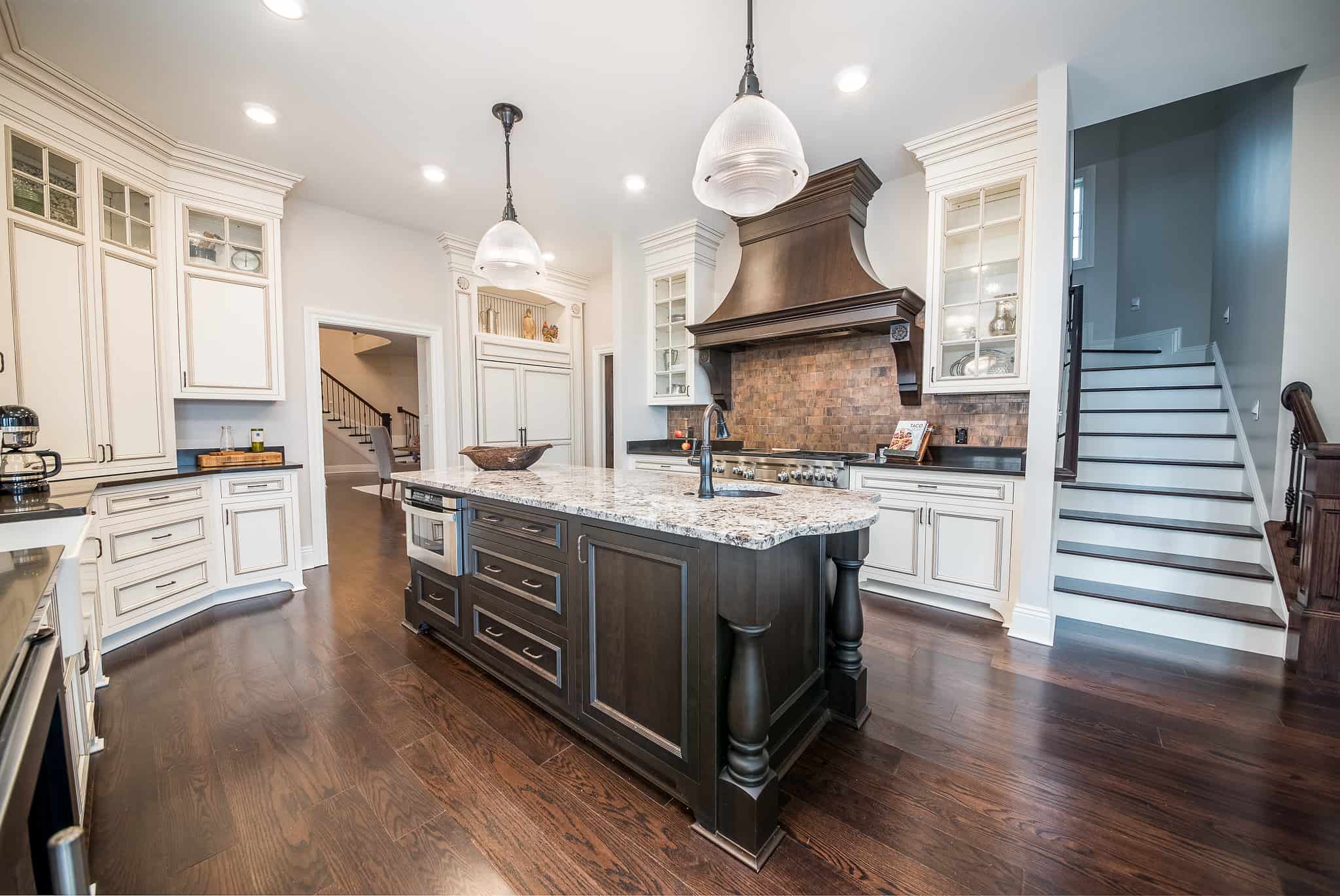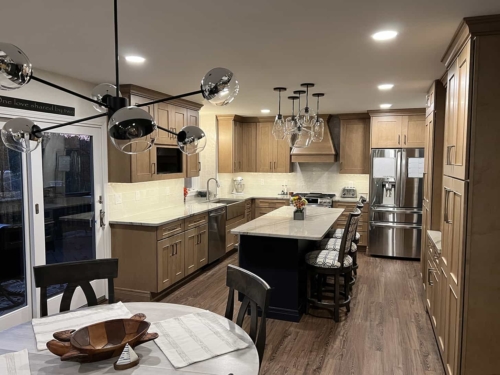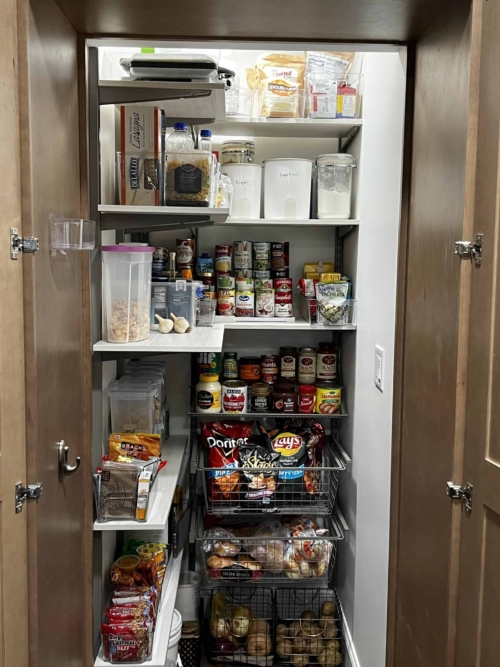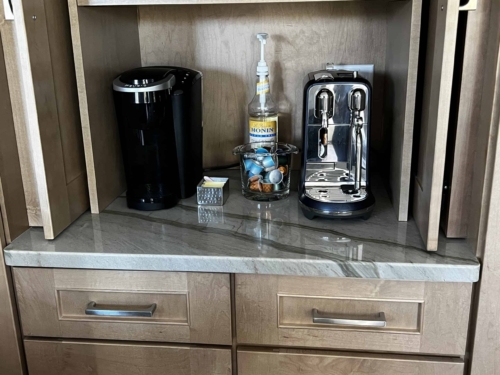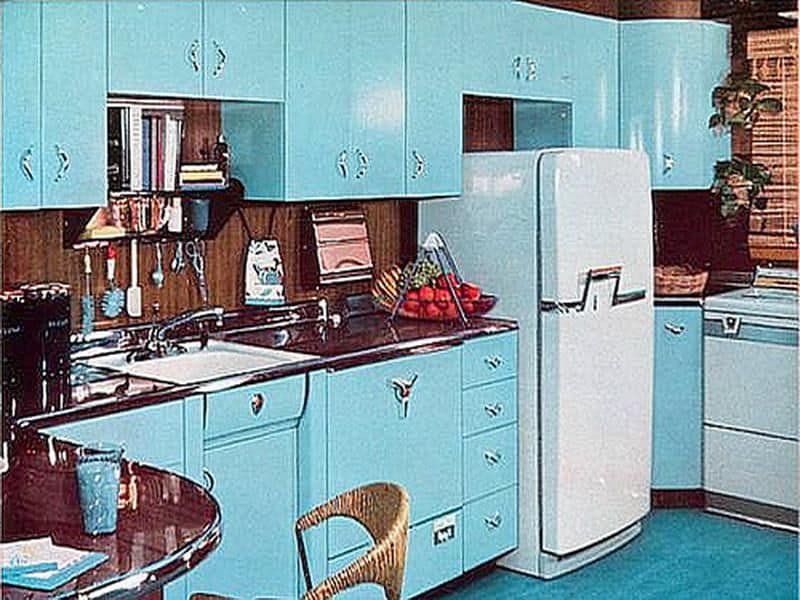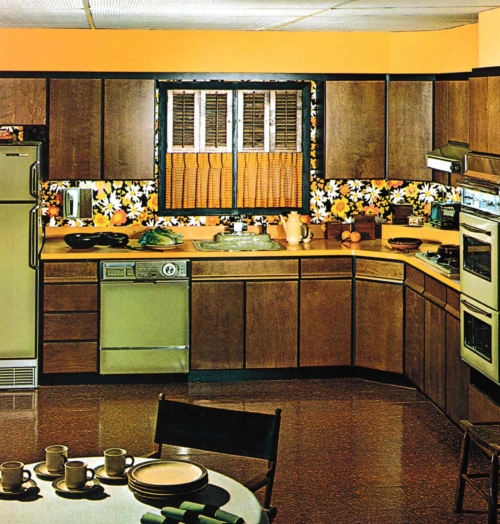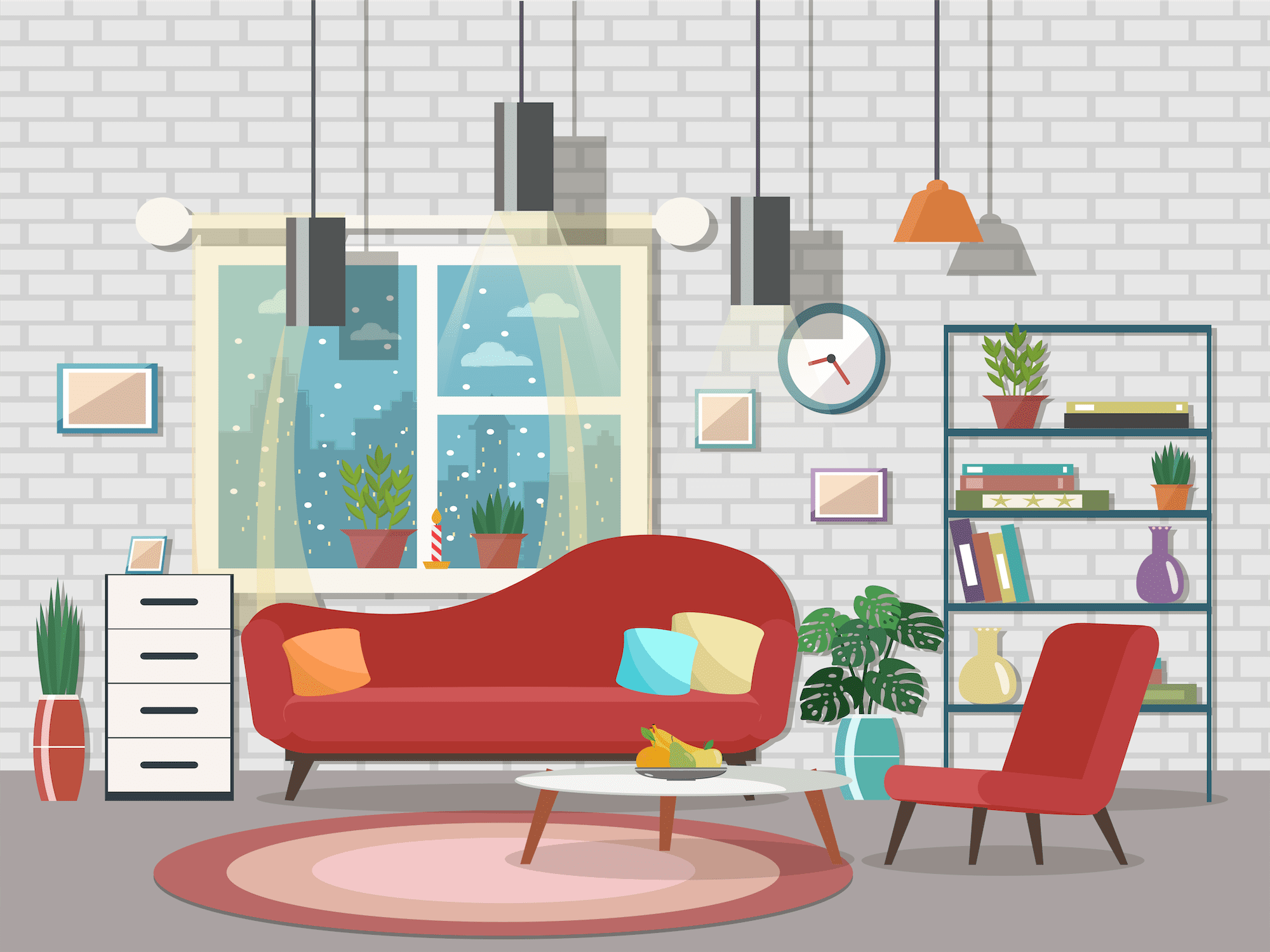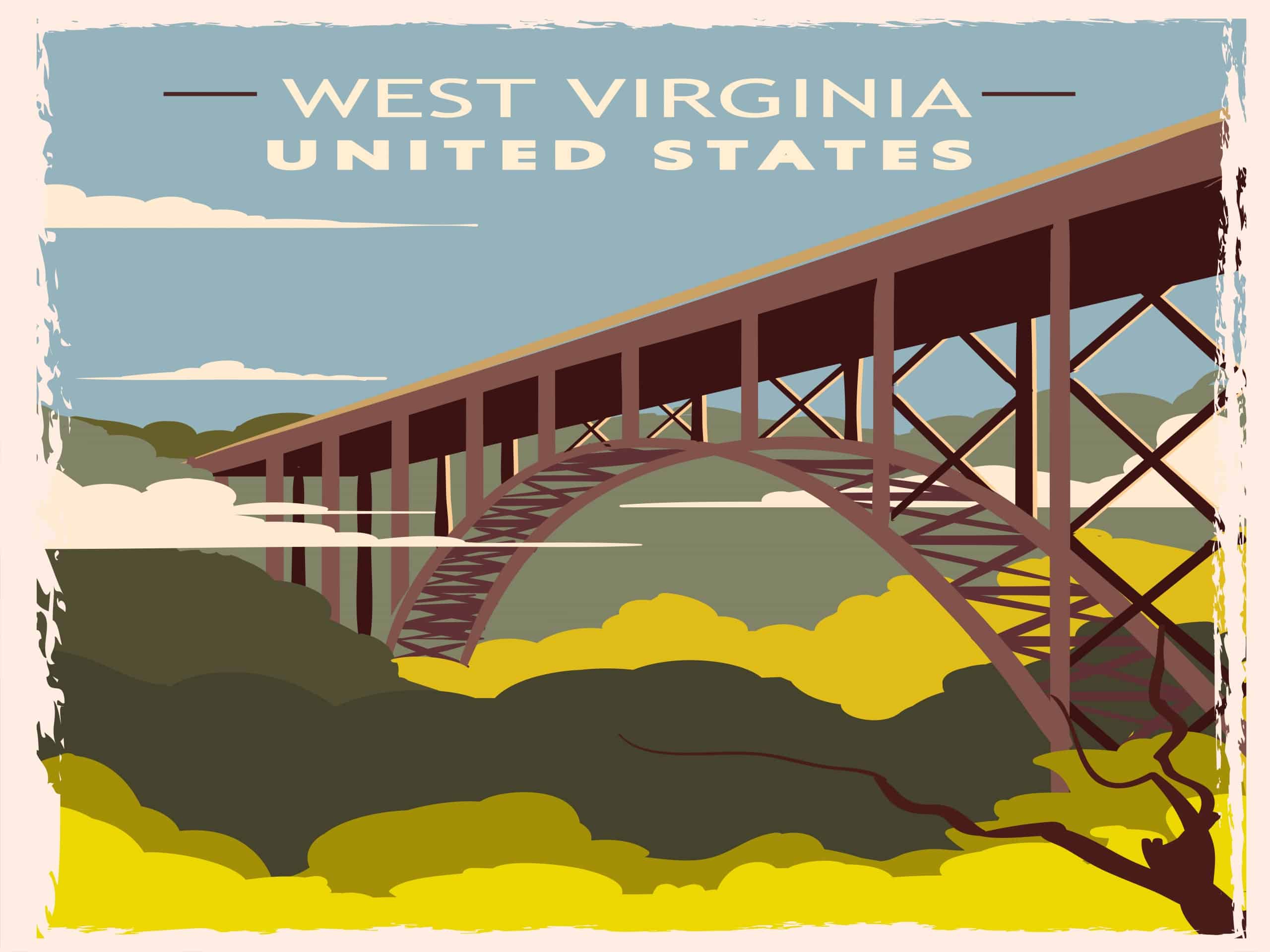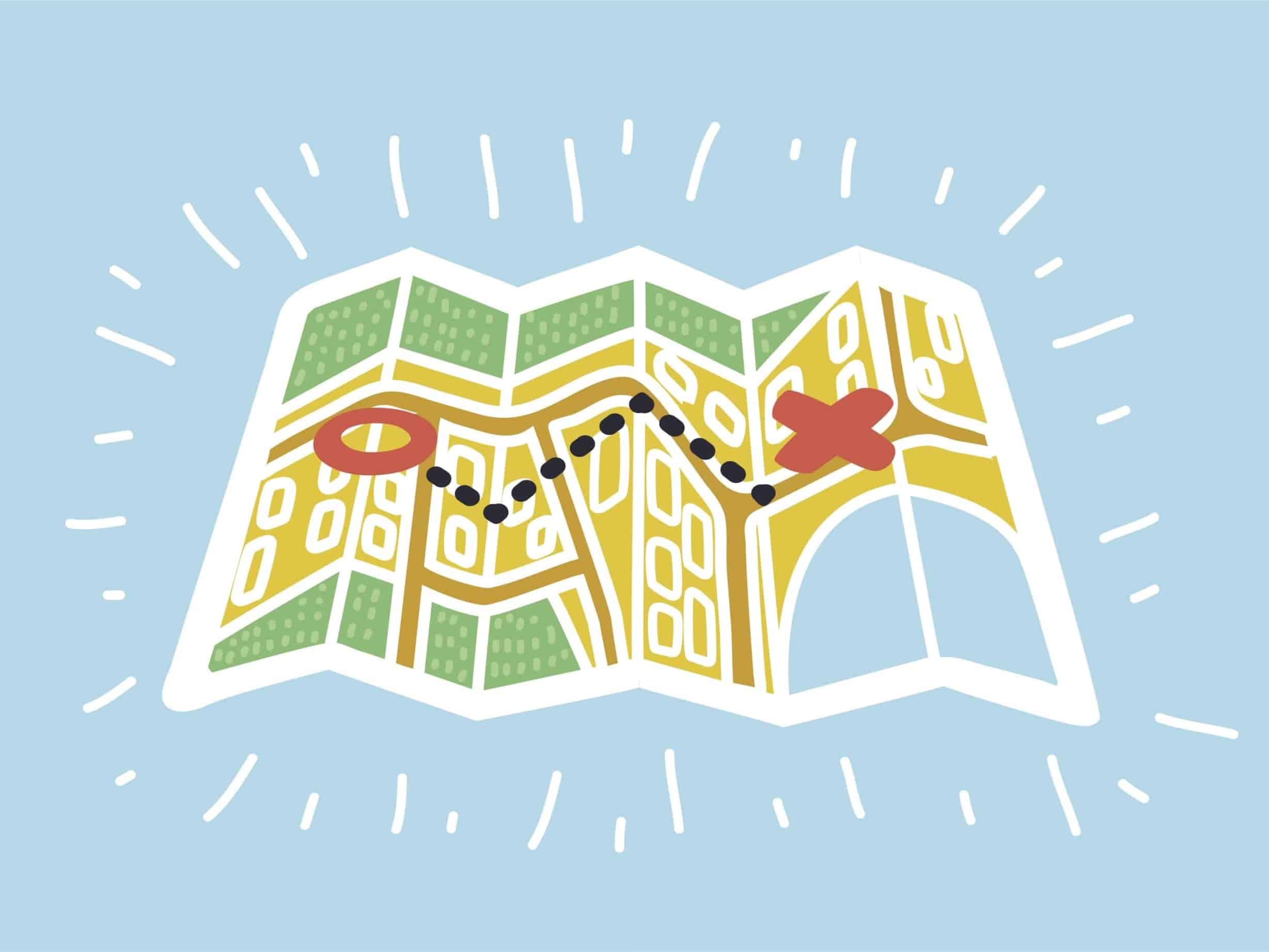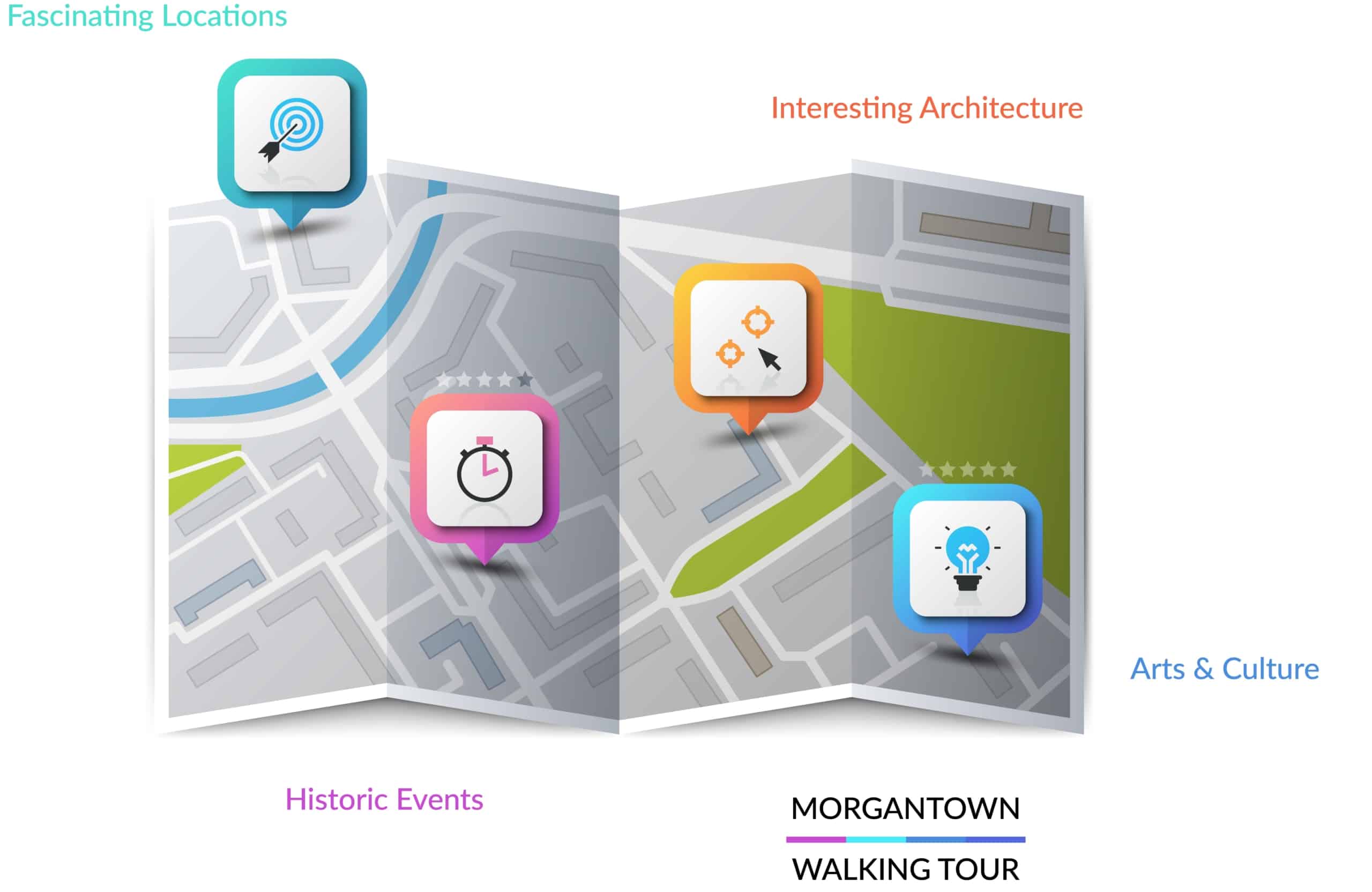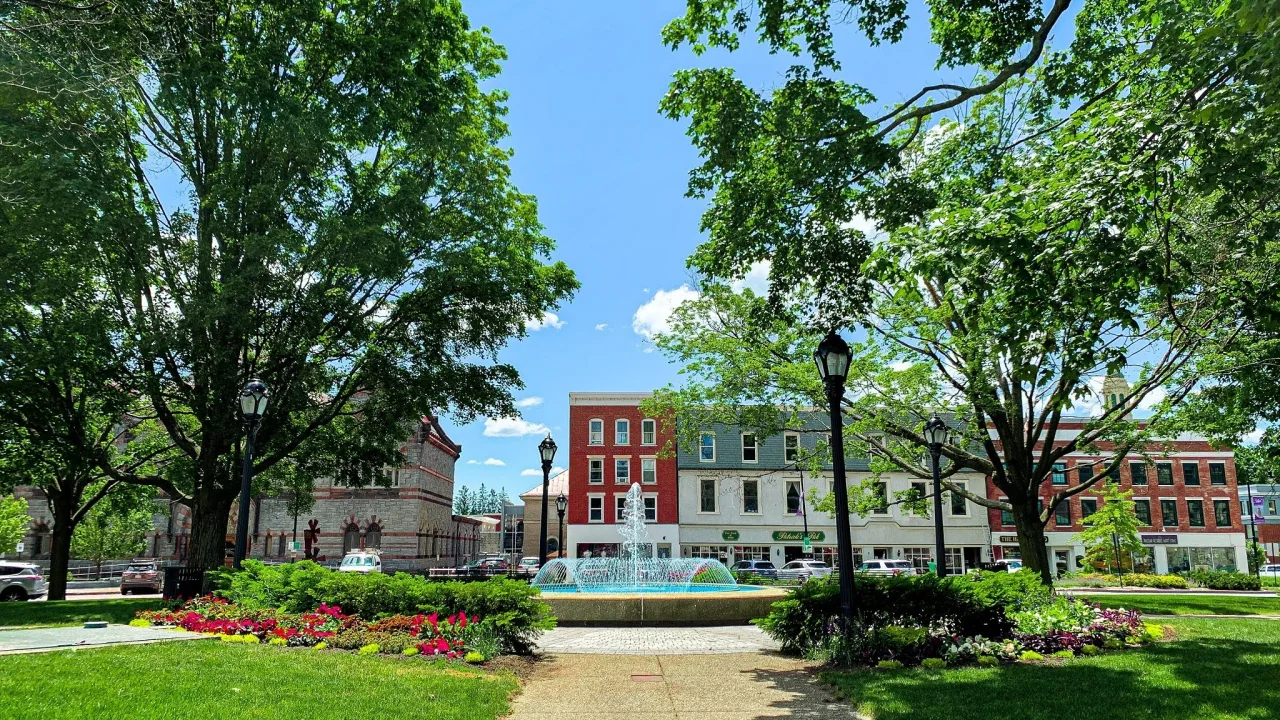Morgantown Kitchen Aesthetics: What’s Trending in Mountaineer Country?
In modern kitchen design, beauty plus function equals luxury.
100 Years of Design Evolution
What if every American hung the same inspirational print over the same white marble countertop, on the same sunlit wall of identical kitchens? The food made in such kitchens might use the same ingredients and be served on the same platter. It might even be someone’s idea of luxury—but something would be missing. What is that something extra? What is kitchen luxury? It turns out that that something extra is you. Your choice. Your style. Your expression.
We asked two experts what kitchen luxury means for Morgantown in 2022. They told us what’s hot, why people are investing in high-end designs, and which new designs can increase a home’s value. Before we get to their professional tips, however, let’s look back at just how far kitchens have come.
The origin of choice
Industrial innovator Henry Ford once told his customers they could buy a car in any color they like, “as long as it’s black.”
At first, this was no limitation. Owning any automobile was itself a statement about mobility, modernity, and personal success. That was a lot to express, but it still felt restrictive. Between 1915 and 1926, if you wanted a Model-T Ford, it came in black.
What changed? Ford’s customers wanted choices, and not just for improved performance, but for the purest form of luxury: beauty plus function. They wanted comfort, color, and something else, too. They wanted their car to be an extension of their own identity.
So, what does this have to do with kitchens?
Yes, functionality is very important in kitchens, but each person does not have the same needs—or personal style. To express that both beauty and function requires something extra—and that something extra is you.
Feel intimidated by the number of available options? Don’t. You’ve heard the design terms: integrated appliance . . . composite worktop . . . island layout, but these are more than selections in a showroom. What they really indicate is that you have meaningful choices—and if you need some guidance, well, we have some recommended suggestions for you, below.
The evolution of kitchen style
When it comes to kitchens, American homeowners enjoy plenty of choices. But how did we get here?
Let’s go back a century. In 1922, American life was changing fast. From the electric lights illuminating kitchens to the widespread adoption of gas and electric cooking ranges, everything was being modernized. At first, these new inventions tended toward homogeny. That is, mass production made every stove and every electric washing-machine look the same, with deviations determined strictly by functionality, not personal aesthetics. Speed and convenience were something everyone could benefit from, but the devices made every home more alike, not more expressive. After all, the goal of most inventors was mass-adoption, not wide-selection.
Still, invention and design could not help but collide; and as soon as essential utilities were installed, homeowners started asking about custom, high-end kitchen designs.
Beauty and functionality in the American kitchen
Just like Ford’s Model-T, kitchen options were increasing a century ago. In fact, the kitchen was becoming our favorite room. The introduction of natural gas and electricity to power cooking ranges allowed more light-weight appliances, which changed the way kitchens were designed. Unlike a traditional hearth or an unmovable cast-iron range, these freestanding stoves did not require a fuel bin or a chimney, which made them ideal for smaller kitchens. They also gave off less heat, which greatly increased comfort while baking that Sunday chicken or Grandma’s apple pie recipe.
Of course, there’s more to a kitchen than a stove. As early as the 1910s, other electric appliances appeared in the most affluent homes, including pop-up toasters and waffle irons! At first, these timesaving devices focused on functionality, but by the 1930s, kitchen appliances, cabinetry, and design also amounted to stylistic statements. Stylized gas stoves, electric refrigerators, and more extensive free-standing cabinetry began to make their way into high-end kitchens.
The bright accent colors and linoleum flooring of this era blossomed into the two-tone kitchens of the 1940s. White-red and yellow-blue combinations with fabulous fabrics and chrome or steel accents found their way into middle-class homes, as did built-in white cabinetry, more advanced appliances, and the work triangle. Food safety, hygiene, and improved organization were high on the list of must-haves, which led directly to the introduction of the first freezers and more cabinetry.
The ’50s and ’60s introduced blue, pink, yellow, green, and even harvest gold on walls, floors, cabinets, and appliances. Color was everywhere, as were new appliances: mixers, toaster ovens, dishwashers, refrigerators with freezers, and the microwave. In fact, nearly every appliance considered basic today was introduced during the boom that followed World War II.
The ’70s brought earthy tones and more textures into fashion and introduced both the kitchen island and raised bar. The ’80s favored varieties of beige, blue, mauve, and a thousand varieties of wallpaper. And just as celebrities influenced popular clothing styles, the rising popularity of celebrity chefs meant that celebrity-branded cookware and kitchen gadgets began to see the spotlight.
The ‘90s were also distinctive, with oak cabinets spanning entire walls, along with laminated countertops and tan (biscuit-hue, anyone?) appliances filling the space with contrasting colors.
A new century of design
As we entered our current century, however, a major change in kitchens was underway. As functionality and beauty were more integrated into the overall design of new and remodeled homes, the kitchen evolved as an architectural design element, with prep stations and kitchen islands taking center stage in modern layouts. The industrial look was also in, as clean lines, granite countertops, and stainless-steel appliances, combined with open layouts to transform kitchens into a more inviting center of activity.
But what about now? What choices do homeowners have? What’s in? What works? What should be avoided at all costs?
Kitchens are the heart of a luxury home design, and they are more functional than ever. After all, today’s kitchen designs combine the best of everything that came before, with some new, innovative twists. To get a handle on emerging trends for luxury kitchens, we asked trusted kitchen renovation designer, Ken Downey and award winning interior designer, Jackie Koval for input on designing the perfect luxury kitchen. Their answers might surprise you.
What do Morgantown homeowners—and buyers—love most about their high-end kitchen?
Jackie Koval of Koval Building Supply
“They love the quality of the kitchen, which in our case comes with a life-time warranty. I get a lot of compliments on our modern wood finishes, especially our matte finish which is very popular right now.”
Ken Downey of FD Kitchen and Bath
“My clients love the convenience, space, automation, and lighting of modern kitchens. They also like how natural woods are mixing in with painted cabinets to give two tone patterns. Quartz countertops are trending toward lighter colors with more natural looking patterns. “
What must-have features are Morgantown home builders installing in high-end kitchens?
Jackie Koval of Koval Building Supply
“We’re installing coffee centers with a built-in water supply. And a lot of customers are saving space with pull-out utensil and spice drawers, as well as large pots-and-pans drawers.”
Ken Downey of FD Kitchen and Bath
“My clients are choosing large workspace sinks with drying racks and cutting boards. Many choose beverage bars that include a coffee bar, a wine chiller, and a beverage refrigerator. Roll-out shelves and moving mechanisms that make storage easy are also hot.”
What’s driving these choices?
Jackie Koval of Koval Building Supply
“Mostly, it’s about keeping their kitchen organized: Everything has a place, and that place should be space-saving, attractive, and easily accessible. Of course, with the coffee bar, it’s not just about hosting. As more people work remotely, homeowners want to make their own coffee, cappuccino, or espresso—instead of making a trip to Starbucks!”
Ken Downey of FD Kitchen and Bath
“Why do people choose more accessible, integrated options? Three reasons: Convenience, convenience, and convenience.”
What extras are hot in the current housing market (both new-built and remodeled)?
Jackie Koval of Koval Building Supply
“The latest trend is high-end appliances. We see clients who go with a medium grade kitchen but are willing to splurge on the cooktops, range, and refrigerators. There’s a good reason for this. Customers want their appliances to last longer. Some are beautiful to look at, too. In my opinion, choosing a Wolf range with red knobs is like owning a fine designer purse”
Ken Downey of FD Kitchen and Bath
“Our clients want highly-functional appliances that do more, like a second cooking appliance that replaces five cooking appliances.
Of course, customers also want kitchens that look beautiful. A lot of people choose lighting for under, in, below, and above their cabinets. With modern LED lighting, ever doors and drawer can be lit, and you can even change the aesthetics with the flick of a switch.”
What used to be hot, but now is not? And what’s taking its place?
Jackie Koval of Koval Building Supply
“Oak is out! And warm, spa-like, wood tones are in. Wall cabinets in white with warm wood tones on the bottom are popular, as well as painted cabinets in navy, green, and blue tones.
Quartz countertops are in—and busy granite patterns are out. This presents a cleaner look and allows the option to pick a more creative backsplash. It also makes a statement about the taste of the client by making the kitchen uniquely theirs.”
Ken Downey of FD Kitchen and Bath
“Space saver microwaves, the Italian Tuscan look, and glazing on painted cabinets are all out. New to the Morgantown region is the frameless modern look, which is sleeker and provides more storage space. This is the next wave, locally.”
Let’s talk about resale value. What should every high-end homeowner who is remodeling a kitchen invest in to increase the price of their home?
Jackie Koval of Koval Building Supply
“Don’t skimp. Put the quality and design into the kitchen now, so you don’t have to redo it in 5 years. You’ll save money in the long run—and increase the value of your home.”
Ken Downey of FD Kitchen and Bath
“Use a designer that listens to you but isn’t afraid to tell you that something doesn’t go together.”
Are you looking for an experienced designer who will listen to you? For more information about building the perfect luxury kitchen, visit our friends FD Kitchen and Bath and Koval Building Supply.
Featured Photo Credit: Koval Building Supply

